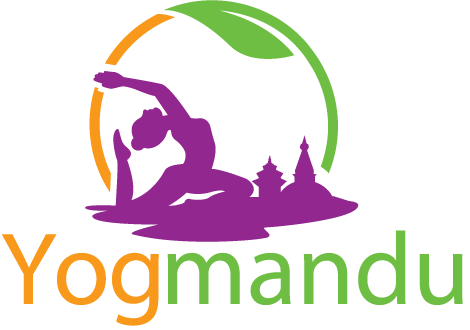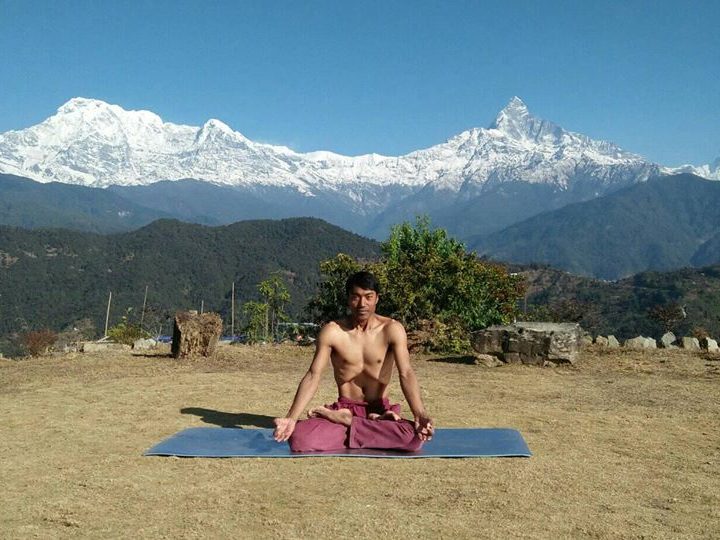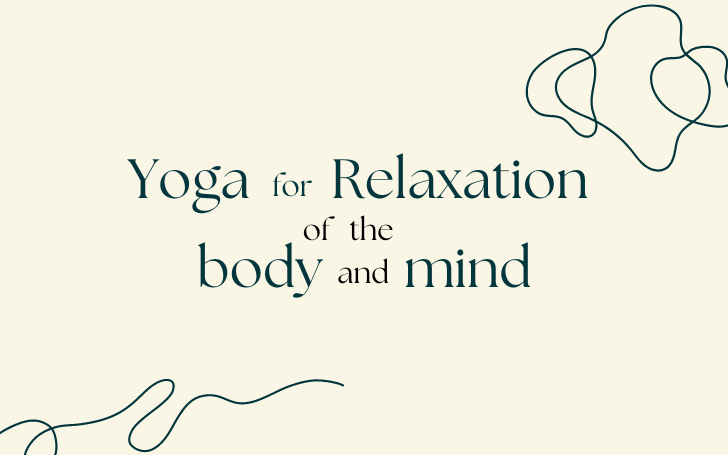– Kabindra Yogi:
If one wishes to ponder upon the history of Hatha Yoga, ignoring the history of yoga itself will be a distortion of information. The inception of Yoga begins with Shiva who is also known as the Adhi Yogi as well as the father of Yoga. He was the first yogi to teach and flourish the science of yoga.
Researchers and historians trace the development of yoga back to 5,000 years. Some sources even believed yoga to be originated around 10,000 years back. But the philosophies and practices of yoga were conveyed orally.
The history of yoga is segmented into four main eras. Vedic, Preclassical, Classical, Post Classical, or Modern. The Vedic era encompasses the Vedas and Upanishads where huge works of scripture were accomplished. Pre-Classical yoga is a time of Sage Patanjali who developed Ashtanga yoga or eight-limbed path. Classical era of yoga is the era when Tantra yoga was developed which signifies the purification of body and mind breaking the knots that binds us to our connected physical reality. Commencing through this conscious exploration that connects physical and spiritual reality is referred to Hatha Yoga.
Hatha can be broken down into two Sanskrit words: “Ha”- meaning sun and “tha”- meaning moon. This represents the practice in this method. Hatha Yoga is dated back to the 15th century. There are three classic texts on Hatha yoga. One of which is the “Hatha Yoga Pradipika” is a classic text written by Svatmaram in the 15th century. He clarified that in the text Hatha as a preparatory stage for physical purification before Raja Yoga.
Gheranda Samhita is another of three classic texts of Hatha yoga which was written by sage Gheranda in the 17th century. This text is a dialogue between sage Gheranda and king Chandakapalika. Another text by an unknown writer is “Shiva Samhita”. It is dated back by some scholar to be a 17th-century text, which was written in Varanasi.
The 84 asanas firstly mentioned in Shiva Samhita and Hatha Ratnavali. Hatha Ratnavali is a Hatha Yoga text written by Srinivasa in the 17th century.
We know that Hatha yoga includes different techniques such as- Shat Karmas (Purification), Asana (Posture), Pranayama (Breath-control), Mudra (Gesture), Chakra (Energy center), Kundalini(Serpent power), Bandha (energy lock), Nadis (psychic channels), Pratyahara(Sensory withdrawal), Dharana(Concentration), Dhyana (Meditation) and Samadha (Meditative absorption).
In the modern era, Swami Vivekananda made a historic address to the world’s Parliament of Religion in Chicago, U.S.A in 1893. Many other charismatic and energetic personalities emerged in the last several decades and propagated different forms of yoga. In the 20th century, the ancient word yoga had taken thousands of new associations. T. Krishnamacharya was a Sanskrit scholar and yoga teacher in the palace of the Maharaja of Mysore. He developed a unique approach to yoga asana, based on an ancient manuscript known as the “Yoga Korunta”. His very vigorous, athletic, acrobatic, approach to yoga asana was enticing, especially to westerners. The recent master of yoga (Hatha) has emphasized more on the practices of Asana and Pranayama. B.K.S Iyengar developed yoga based on props and equipment which is known as Iyengar yoga worldwide. Ashtanga Vinyasa yoga was developed by K.Pattabhi Jois which is Indian power yoga.
The entire concept of yoga has changed in modern times. Hatha yoga helps to focus on the present moment to become consciously aware and create a healthy mind-body. Even gentle yoga practice provides several health benefits including the cardiovascular benefits, increased oxygenated blood to the body cells, and many more. Yoga can aid weight control, reduce stress, increase strength, and improve flexibility or mobility. It teaches to focus on breathing patterns to improve lung functions, trigger the body’s relaxation response, achieve calmness, and reduce pain.
There are varieties of forms of yoga. You can either choose a physically demanding class or a meditative one. Hatha yoga has different styles in modern-day yoga practices. Some of the names are Sivananda yoga, Iyengar yoga, Kundalini yoga, Ashtanga vinyasa yoga, Vinyasa yoga, Satyananda yoga, Bikram Yoga, Restorative Yoga, Prenatal yoga. Anusara Yoga, Jivamukti yoga, Viniyoga Yin yoga, and many more.
In ancient times Hatha yoga was practiced for many years as to awakening the higher states of consciousness. In today’s times, the actual motive of this great science remains intact as well and should not be forgotten. Hatha yoga was developed for the enfoldment of mankind to create an absolute balance of body, mind, and energy to generate impulses to awaken Sushumna Nadi.





